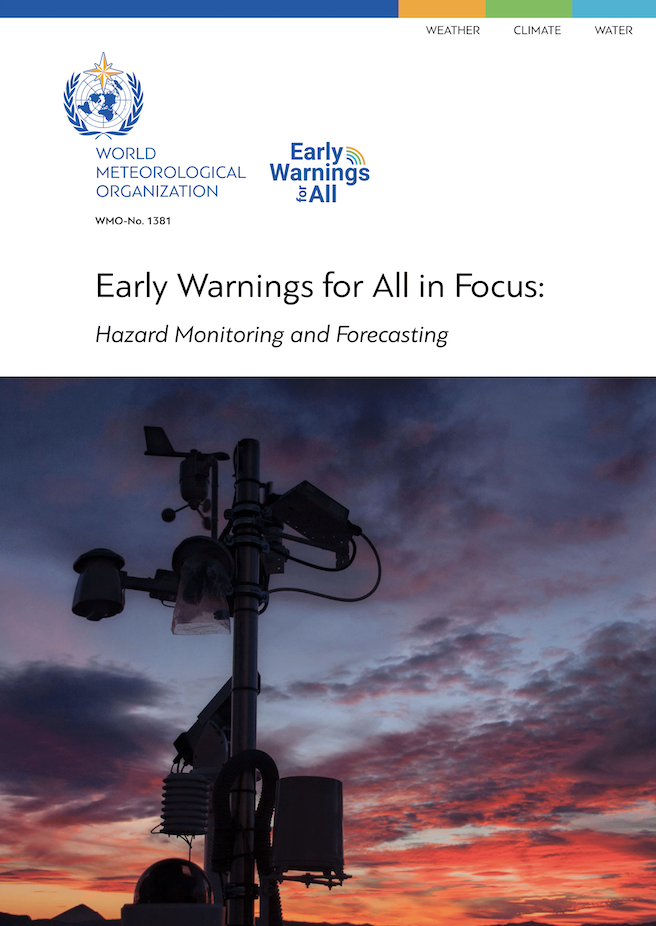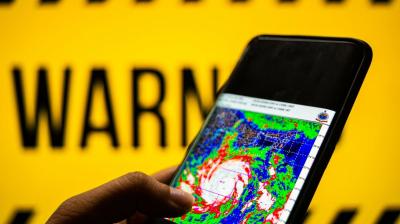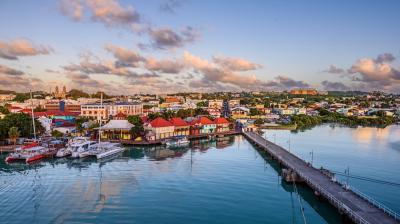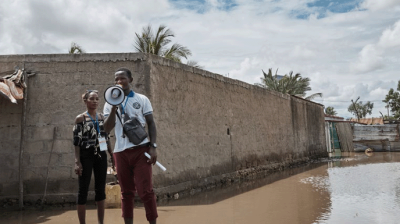Early Warnings for All in Focus: Hazard Monitoring and Forecasting
- WMO marks 75 years of Science for Action
- Public safety and economic well-being are threatened by more extreme weather
- Early Warnings for All initiative makes big progress but gaps remain
- New WMO report shows advances in observations and forecasts
Launched by the UN Secretary-General, the Early Warnings for All (EW4All) initiative sets an ambitious goal: by 2027, every person on Earth will be protected by life-saving, multi-hazard early warning systems. This report – Early Warnings for All in Focus: Hazard Monitoring and Forecasting – presents how that vision is being turned into concrete progress under Pillar 2 of the Initiative, led by the World Meteorological Organization (WMO).
Grounded in country-led priorities and powered by global partnerships, the report takes a deep dive into the systems that make early warnings possible – from observing networks and data exchange to forecasting, impact-based warnings, and governance.
Inside the Report

1. Strengthening Observations
Reliable, high-quality data are the backbone of early warning systems. The report highlights progress in expanding the Global Basic Observing Network (GBON), automating national networks, and closing major data gaps in Least Developed Countries (LDCs) and Small Island Developing States (SIDS).
2. Transforming Data Exchange
With the launch of WIS 2.0, global data sharing has entered a new era. The system’s open, cloud-ready architecture is connecting even the most resource-constrained NMHSs, closing the digital divide and enabling real-time data flows across all regions.
3. Expanding Forecasting Capabilities
Through the WMO Integrated Processing and Prediction System (WIPPS), Members now access cutting-edge forecasts for tropical cyclones, floods, droughts, extreme heat, and sand and dust storms. Advances in AI and digital innovation are helping developing countries leapfrog traditional capacity barriers.
4. Delivering Impact-Based Early Warnings
More NMHSs than ever are issuing people-centred, actionable forecasts. Adoption of the Common Alerting Protocol (CAP) has surged, while digital platforms like ClimWeb and the WMO Coordination Mechanism (WCM) are ensuring timely information reaches communities and humanitarian partners.
5. Building the Enabling Environment
Strong governance and sustainable financing are key to long-term success. The report examines how national legislation, institutional reform, and strategic planning are ensuring that early warning systems are coordinated, trusted, and sustainable.
Towards 2027 and Beyond
The report calls for stronger national ownership, sustained financing, open data exchange, and innovation-driven capacity development to ensure no country or community is left behind. By aligning global science with local action, EW4All is not only saving lives – it is transforming how the world anticipates, prepares for, and responds to extreme weather and climate events.
About the Global Status of Multi-Hazard Early Warning Systems series
The impact of disasters continues to increase at a rapid rate, fuelled by the climate emergency. Multi-hazard early warning systems (MHEWS) are a proven measure to reduce disaster risk and adapt to a changing climate.




